Choosing Between Webflow and WordPress for Your Website in 2025
Advertisement
Successful website building depends on selecting the correct platform. Webflow and WordPress are the most often used choices; both have special advantages and features. Among designers wishing total control over their website's appearance, Webflow is preferred because of its simple, drag-and-drop design features.
Conversely, WordPress is well-known for its adaptability; its extensive theme and plugin library covers all kinds of websites, from blogs to e-commerce stores. Although both systems are strong, your particular needs, technical ability, and budget will determine the choice. Whether a novice or an expert developer, this guide will help you decide which platform—Webflow or WordPress in 2025—best fits your website.
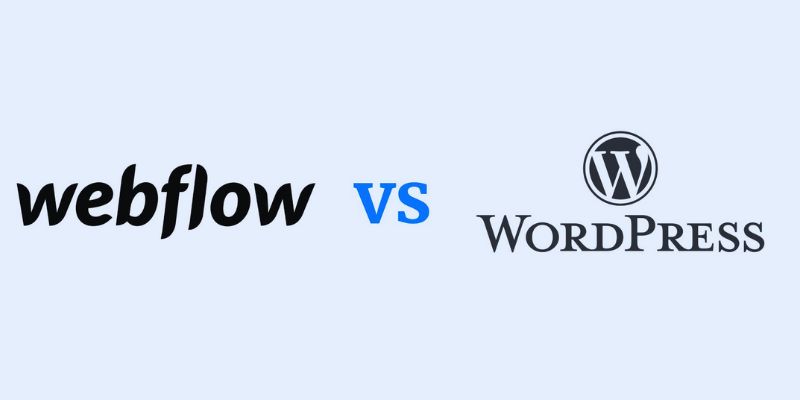
Webflow vs. WordPress: Which is better for You?
Below are the key differences between Webflow and WordPress to help you decide which platform is best for your needs:
Customization Options
Choosing between Webflow and WordPress depends mostly on customizing since both systems provide varying degrees of flexibility. Webflow gives consumers creative flexibility to create every element of their website—from bespoke layouts to animations. Designers and developers will appreciate its capacity to adjust every component since it will allow uniqueness. This degree of customizing can be difficult for beginners without design or programming experience. In contrast, WordPress is incredibly flexible thanks to its large theme and plugin library. While plugins let you add extra capabilities, including e-commerce, SEO tools, and contact forms, WordPress themes let you alter the general appearance of your site. Although WordPress lacks the same degree of graphic control as Webflow, its simplicity and adaptability via outside extensions make up for it.
SEO Capabilities
Any website's exposure depends on search engine optimization (SEO); hence, Webflow and WordPress provide good ways to increase SEO. Customizable meta tags, titles, and descriptions included in Webflow help to simplify SEO. Additionally, helping search engine results through its fast-loading websites and clean codes. Moreover, Webflow offers a simple interface for changing picture alt texts—a necessary ability for image SEO. Conversely, WordPress is well-known for its large collection of SEO plugins; Yoast SEO is the most often used one. These plugins provide insightful analysis and allow beginners to quickly maximize their material as they lead users through optimization methods. WordPress also makes more sophisticated SEO methods possible, including schema markup, redirect management, and XML sitemaps.
Pricing
When choosing between Webflow and WordPress, pricing is a major consideration since the running expenses of both systems vary. Operating on a subscription-based approach, Webflow charges $12 to $36 per month, depending on the capabilities and hosting choices required. For consumers who would want a complete solution, this rate covers hosting, SSL certificates, and other necessary tools. However, Webflow's price is higher than WordPress's, particularly if you wish for more comprehensive sites or sophisticated features. In contrast, WordPress is free to use; depending on the hosting provider, you must pay for hosting, which usually runs between $3 and $30 monthly. You might also have to pay for premium themes or plugins to use more sophisticated capabilities. Although WordPress seems more reasonably priced initially, the expenses for premium themes and plugins can increase over time.
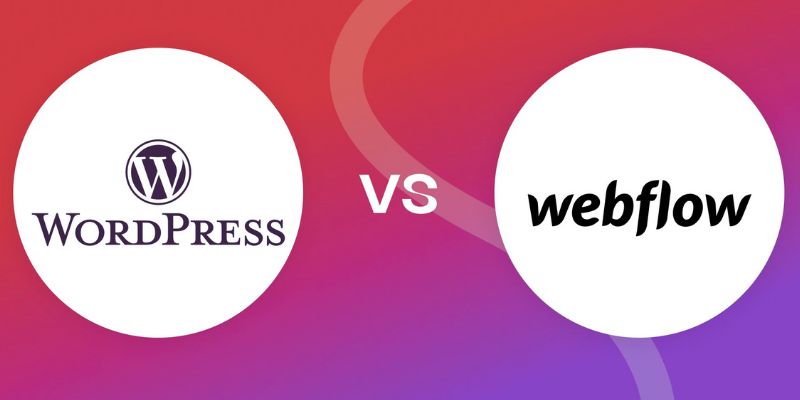
Hosting and Maintenance
Any website needs hosting and upkeep, so the Webflow and WordPress approach differs greatly. As part of its membership, Webflow provides SSL certificates, hosting, and automatic backups, among other all-in-one solutions. Customers who desire a hassle-free experience should not have to manage different hosting providers or security upgrades. Although Webflow is more expensive than WordPress, its hosting is quick and safe with dependable uptime. On the other hand, WordPress calls for different hosting solutions with many providers. It allows consumers greater freedom but requires them to handle security, backups, and hosting. Although many WordPress users choose managed hosting solutions like WP Engine or SiteGround, which handle the technical details, this might drive expenses.
Scalability
Although they serve various purposes, Webflow and WordPress can help expand websites based on scalability. For smaller to medium-sized websites, Webflow is great since it allows for custom design and animation-building freedom. For portfolios, corporate websites, and landing pages, it performs nicely. However, Webflow can be increasingly difficult to scale as your website gets more sophisticated and large. Custom coding and outside integrations could become required and call for technical knowledge. Conversely, WordPress is well-known for its scalability. It can effortlessly manage everything from little blogs to massive e-commerce sites featuring thousands of products. With its wide spectrum of plugins and themes, which can be tailored to fit big-scale websites, WordPress presents. Furthermore, WordPress may expand your company by including fresh features like membership systems, e-commerce, or multi-language support.
Security
While Webflow and WordPress tackle different ways to keep your site safe, website security is vital. As part of its service, Webflow manages security automatically. It incorporates daily backups, automatic upgrades, and SSL certificates. For those who would rather not bother about maintenance, Webflow's hosting architecture is safe and features like DDoS protection and frequent system checks help ease concerns. Webflow controls everything, so consumers are more easily safe without much technological expertise. Conversely, WordPress calls for users to take security management under control. Although WordPress is safe, if core software, themes, or plugins are not routinely upgraded, vulnerabilities could result. Furthermore, because of the extensive spectrum of plugins accessible, WordPress sites are more likely to be attacked. Install security plugins, maintain everything current, and choose a trustworthy hosting provider to guarantee security from WordPress.
Conclusion:
Your requirements and tastes will eventually determine which Webflow and WordPress you choose. With integrated hosting and security, Webflow provides a more hands-on, visual approach that shines in design freedom. Users who wish a managed service and total creative control will find it perfect. Conversely, WordPress offers a flexible, scalable platform with a large plugin repository for consumers looking for adaptability and scalability. Although WordPress calls for more technical work and upkeep, its large community and tools offer great help. Webflow is fantastic for design-oriented websites in 2025; WordPress is still the preferred choice for flexible, long-term projects.
Advertisement
Related Articles

The 8 Best Zoom Alternatives in 2025: Top Picks for Seamless Communication

HubSpot vs. Mailchimp: Which Marketing Tool Will Benefit Your Business in 2025

Copilot or ChatGPT: The Ultimate 2025 Guide to Choosing the Right AI Chatbot
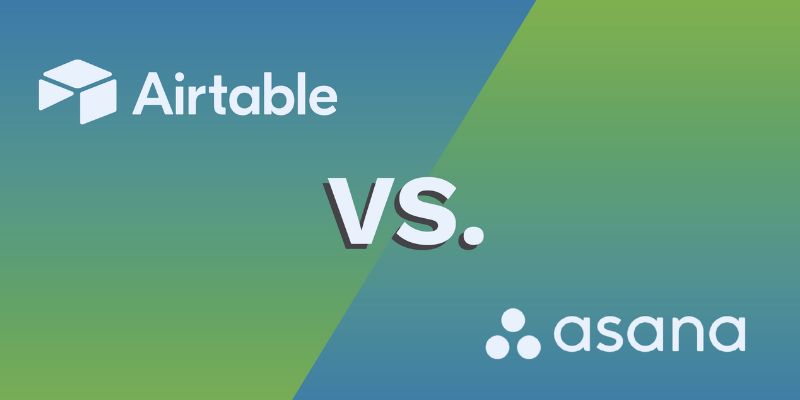
Comparing Airtable and Asana in 2025: Which Tool Should You Choose
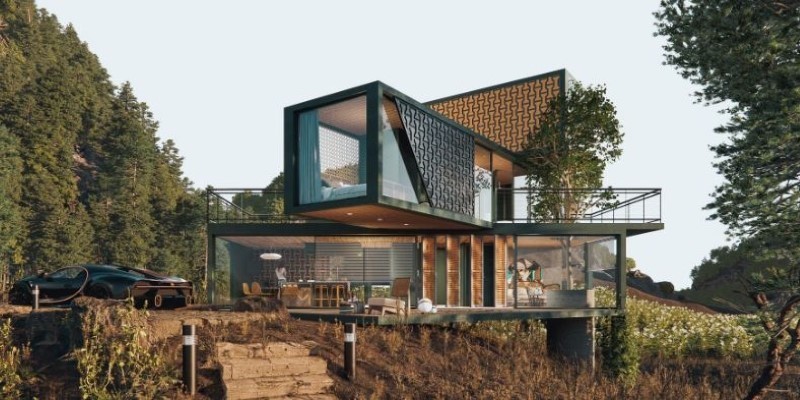
The Best 3D Renderers and How to Start Using Redshift

Pipedrive vs. Zoho: Which CRM is Best for Your Business in 2025

MailerLite vs. Mailchimp: Which Email Marketing Platform Wins in 2025

Which is Best in 2025: MailerLite or Kit (formerly ConvertKit)

Boost Your Workflow with the Best Productivity Apps for iPhone in 2025
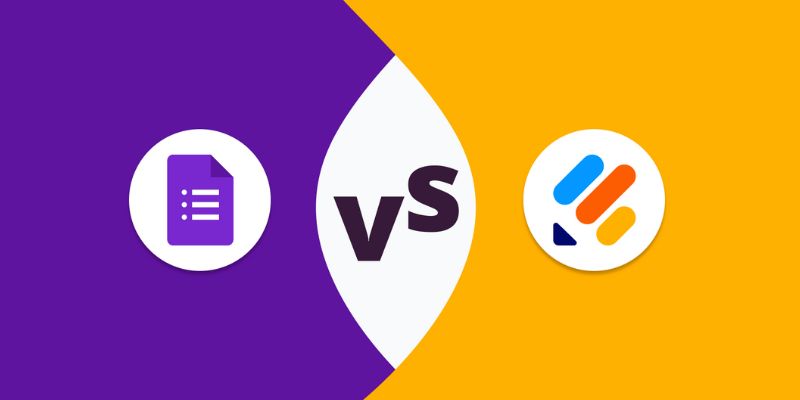
Choosing Between Google Forms and Jotform: Which Is Right for You in 2025

The 6 Best Payroll Systems in 2025: Streamline Your Business Operations

 novityinfo
novityinfo